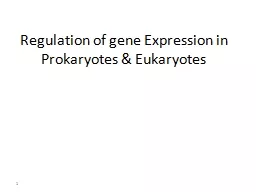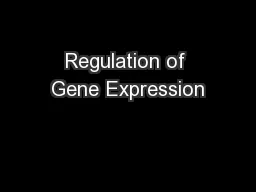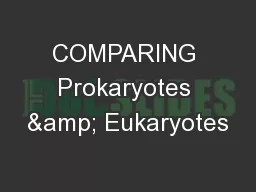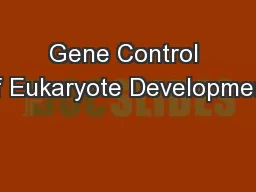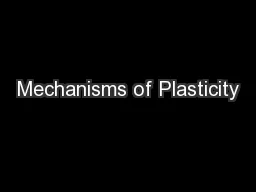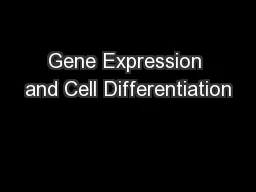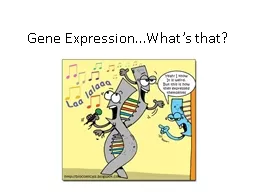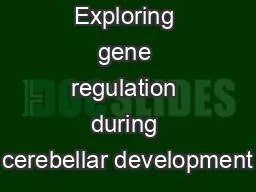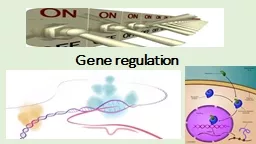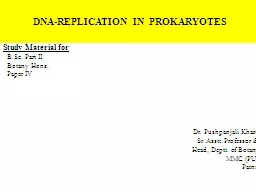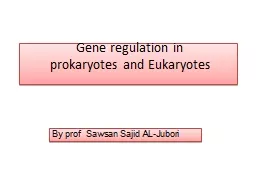PPT-Regulation of gene Expression in Prokaryotes & Eukaryotes
Author : barbara | Published Date : 2022-04-07
1 The trp Operon Contains 5 genes coding for proteins enzymes required for the synthesis of the amino acid tryptophan Also contains a promoter and operator When
Presentation Embed Code
Download Presentation
Download Presentation The PPT/PDF document "Regulation of gene Expression in Prokary..." is the property of its rightful owner. Permission is granted to download and print the materials on this website for personal, non-commercial use only, and to display it on your personal computer provided you do not modify the materials and that you retain all copyright notices contained in the materials. By downloading content from our website, you accept the terms of this agreement.
Regulation of gene Expression in Prokaryotes & Eukaryotes: Transcript
Download Rules Of Document
"Regulation of gene Expression in Prokaryotes & Eukaryotes"The content belongs to its owner. You may download and print it for personal use, without modification, and keep all copyright notices. By downloading, you agree to these terms.
Related Documents

